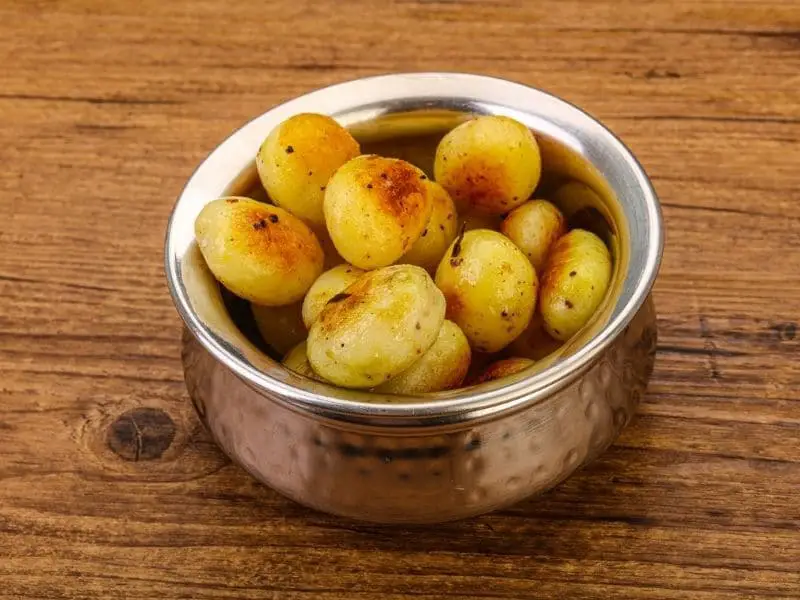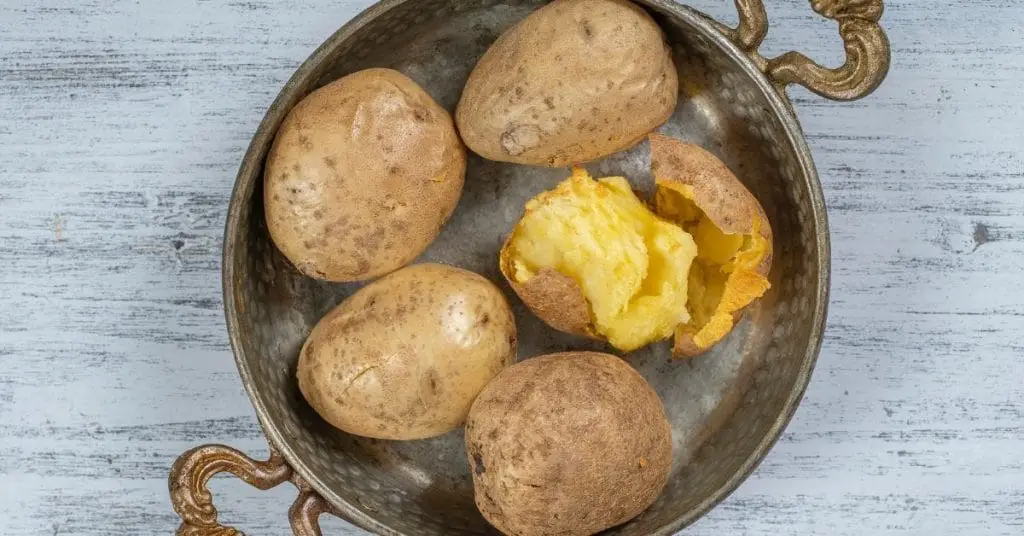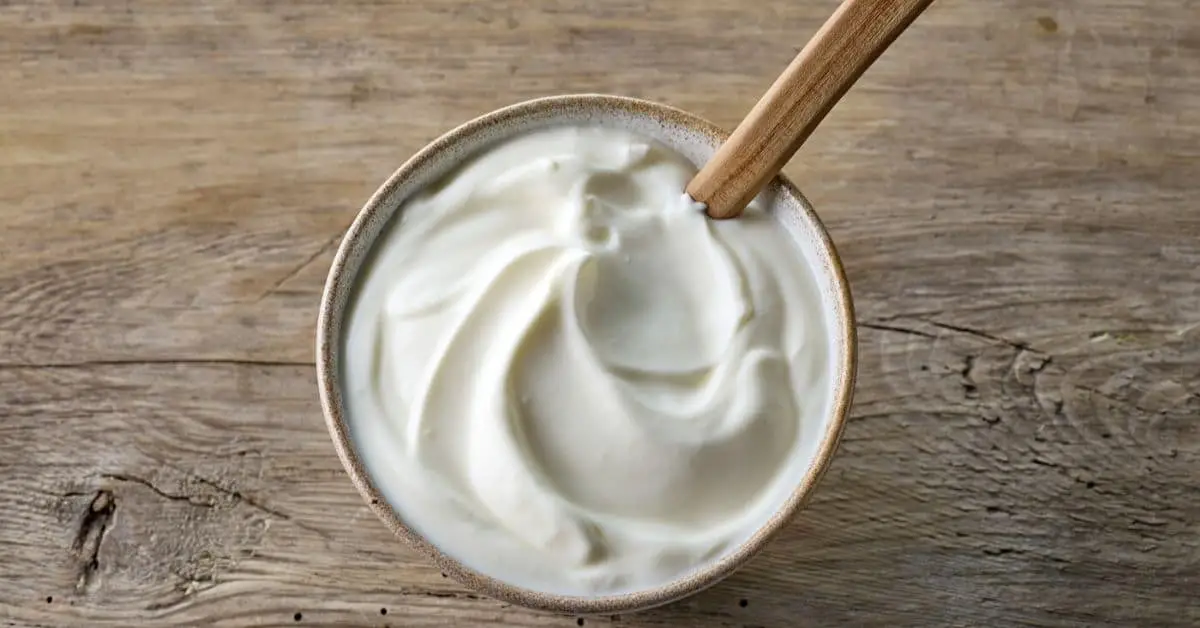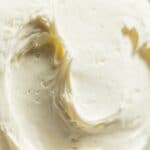In summary: Yes, you can freeze baked potatoes, but it’s important to leave them unseasoned and slightly undercooked for the best results. Adding dairy products like sour cream should only be done after thawing.
We love baked potatoes because they are so versatile. Potatoes are hearty and healthy when baked, but they can take a long time to cook. What better way to keep them for later use than ready-made in the freezer for a quick-fix meal?
Whether you need to use an entire pocket of potatoes before they go bad, or have baked potato leftovers, freezing baked potatoes is a good option to extend their shelf life.
When freezing potatoes, there are, however, a few steps that will allow your potatoes to keep a better texture, and flavor.
In our step-by-step guide we’ll share everything you need to know to successfully freeze baked spuds.
Can Baked Potatoes Be Frozen?
Yes, you can freeze baked potatoes. However, it is important to pack them properly for freezing to prevent a grainy and watery consistency after defrosting.
Baked potatoes freeze best if they are left unseasoned and slightly undercooked. This results in a better thawed product than fully cooked potatoes which have been salted prior to freezing.
However, if you want to save leftover baked potatoes from a ready-made dish, these can also be frozen, the quality may just not be as superior.
It is best to leave sour cream (or other dairy products) off the baked potatoes and only add this after they’ve been thawed completely as the sour cream does not freeze well and will spoil the appeal of the entire dish.
How To Freeze Baked Potatoes
Step 1: Cool
Let the baked potatoes cool completely before preparing to freeze. Freezing warm potatoes will result in the formation of large ice crystals which leads to freezer burn. This will spoil the texture and flavor of the dish once thawed.
Step 2: Wrap
Wrap the baked potatoes individually in aluminum foil ensuring that there are no open gaps where air can enter. You want to keep the potato completely protected from contact with air.
Step 3: Pack
Place the foil-wrapped potatoes in a resealable freezer bag. Press out as much air as possible from the bag before sealing.
If you don’t have zip top freezer bags, wrap the potatoes well in a double layer of plastic wrap. Ensure they are tightly wrapped.
Step 4: Label and Freeze
Label the bag with the contents and date so that you can keep track of how long it has been in the freezer.
How To Thaw Frozen Baked Potatoes
The best way is to reheat baked potatoes straight from frozen in the oven. Keep the frozen spuds covered initially to prevent them from drying out. Remove the foil wrapping to add other toppings to the thawed baked potatoes during the final stages of the reheating and cooking process. This method can, however, take quite long.
Alternatively, we recommend you place baked potatoes in the refrigerator the evening or morning before you want to use them. That way, cooking prep takes less time and you can just heat and eat. Remove the desired number of frozen potatoes from the freezer and place them in the refrigerator overnight to thaw.
If you are really pressed for time, you can use the defrost setting on the microwave oven to thaw and reheat frozen baked potatoes.
Types of Baked Potatoes

A baked potato, also known as jacket potato, generally refers to a large potato that has been baked whole. The potato can be baked in an oven, microwave, barbecue grill, or open fire. Once cooked, the potato should have a fluffy off-white flesh and a fairly crisp skin.
Baked potatoes are often served with butter and salt, sour cream, cheese, baked beans, bacon bits, or even topped with shredded or minced meats and gravy. But there are no limits, you can add any of your favorite toppings.
Due to their size and consistency, Russet and King Edward varieties are the best baking potatoes, whereas, other types of potatoes may be better for mash, puree, and frying.
FAQs
Conclusion
Don’t worry that you will get bored of eating baked potatoes as these versatile tubers can be transformed into many dishes. You can turn the baked spud into mash, soup, use it in pies, as a cottage pie topping, turn it into croquettes, hash, frittata, hash browns, casseroles, and even salad.
So, whether you have a large pocket of potatoes that need to be cooked or leftovers from dinner, wrap the spuds well to protect them from contact with air and pop them in the freezer for an easy lunch or dinner when you’re short on time.
Don’t forget to check our other guides on how to freeze potato salad, sweet potatoes, potato soup and sweet potato casserole.
*image by OlegDoroshenko& AndreySt – depositphotos









